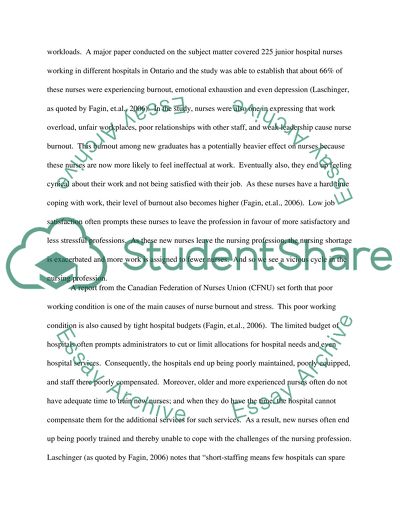Cite this document
(What Does Nurses' Shortage Lead to Term Paper Example | Topics and Well Written Essays - 3569 words, n.d.)
What Does Nurses' Shortage Lead to Term Paper Example | Topics and Well Written Essays - 3569 words. Retrieved from https://studentshare.org/nursing/1561961-assignment-2-case-study
What Does Nurses' Shortage Lead to Term Paper Example | Topics and Well Written Essays - 3569 words. Retrieved from https://studentshare.org/nursing/1561961-assignment-2-case-study
(What Does Nurses' Shortage Lead to Term Paper Example | Topics and Well Written Essays - 3569 Words)
What Does Nurses' Shortage Lead to Term Paper Example | Topics and Well Written Essays - 3569 Words. https://studentshare.org/nursing/1561961-assignment-2-case-study.
What Does Nurses' Shortage Lead to Term Paper Example | Topics and Well Written Essays - 3569 Words. https://studentshare.org/nursing/1561961-assignment-2-case-study.
“What Does Nurses' Shortage Lead to Term Paper Example | Topics and Well Written Essays - 3569 Words”, n.d. https://studentshare.org/nursing/1561961-assignment-2-case-study.


